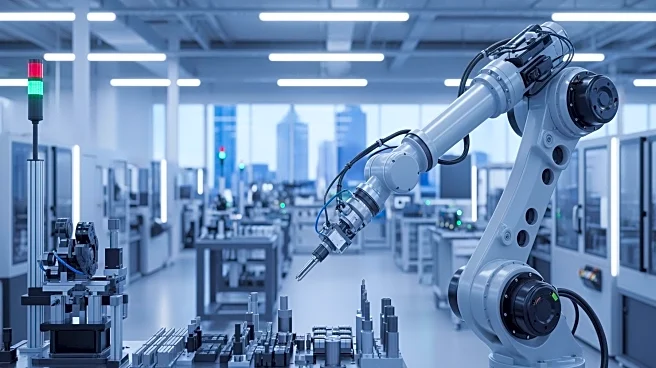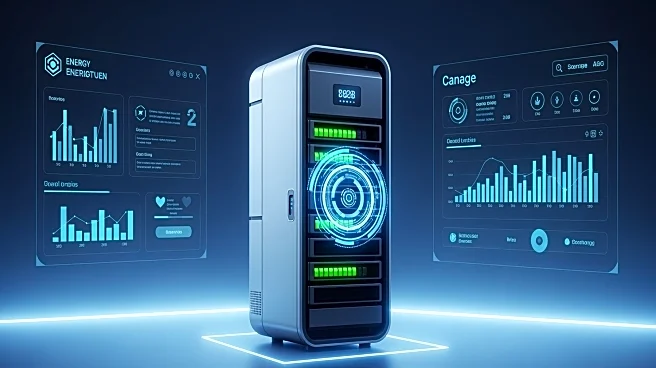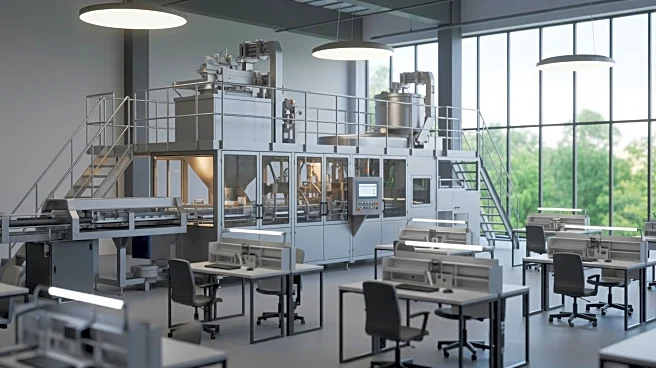What's Happening?
Recent reforms in environmental permitting are designed to streamline processes for U.S. manufacturers, reducing delays in project development. A unanimous Supreme Court ruling and new federal guidance
aim to expedite National Environmental Policy Act (NEPA) reviews, while states are adopting varied approaches to environmental review. These changes are intended to protect air, water, and ecosystems while ensuring sustainable growth. Manufacturers expanding in the U.S. must navigate complex federal, state, and local approvals, but proactive permitting strategies can help avoid delays.
Why It's Important?
Streamlined environmental permitting is crucial for the U.S. manufacturing sector, which is experiencing a renaissance. Faster and more predictable reviews can reduce costs and uncertainty, allowing manufacturers to bring projects to market more quickly. This is particularly important for companies investing in clean technologies and advanced manufacturing, as it helps level the playing field while ensuring environmental oversight. The reforms can enhance competitiveness and support economic growth.
What's Next?
Manufacturers will need to integrate permitting strategies into early-stage planning to capitalize on the streamlined processes. As federal and state agencies continue to refine their approaches, businesses must stay informed about changes and adapt their strategies accordingly. The focus will be on balancing environmental protection with economic development.
Beyond the Headlines
The reforms raise questions about the balance between environmental protection and economic growth. While streamlining processes can benefit manufacturers, it is essential to ensure that environmental standards are not compromised. The long-term impact of these changes on ecosystems and communities will be closely monitored.











